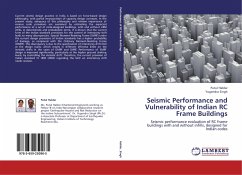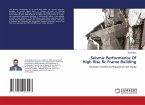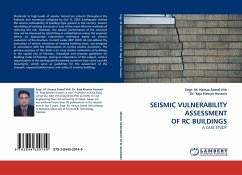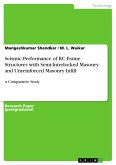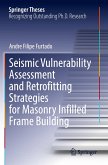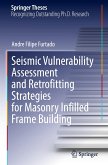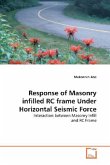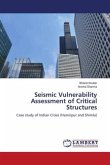Current seismic design practice in India is based on force-based design philosophy, with partial incorporation of capacity design concepts. In the present study, adequacy of this philosophy and relative importance of various code provisions are examined by estimating the expected performance of a set of code-designed buildings, with and without URM infills, in deterministic and probabilistic terms. It is shown that the current form of the Indian standard provisions for the control of interstorey drift leads to many discrepancies. Special Moment-Resisting Frame (SMRF) under the current design provisions of Indian standards has a higher probability of damage, as compared with the Ordinary Moment-Resisting Frame (OMRF). This discrepancy is due to the specification of interstorey drift limit at the design loads, which results in different effective limits on the inelastic drifts in the cases of OMRF and SMRF. Performance of SMRF design is improved significantly, particularly at the higher ground shaking levels, by controlling the inelastic drift. Therefore, the current provision of Indian standard IS 1893 (2002) regarding the limit on interstorey drift needs revision.
Bitte wählen Sie Ihr Anliegen aus.
Rechnungen
Retourenschein anfordern
Bestellstatus
Storno

